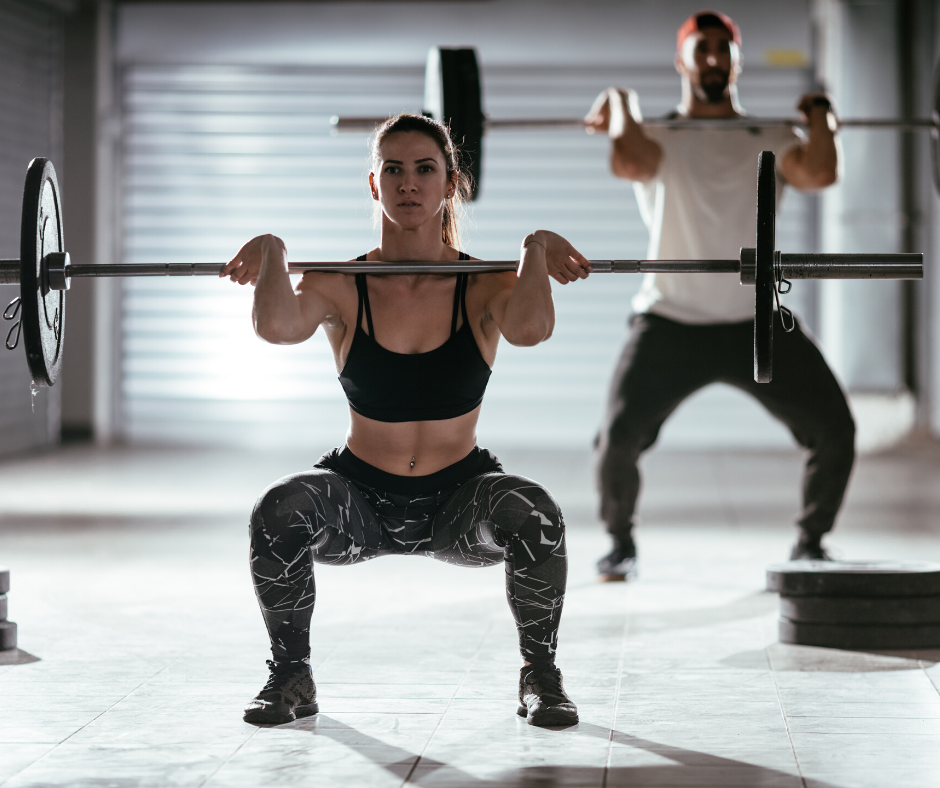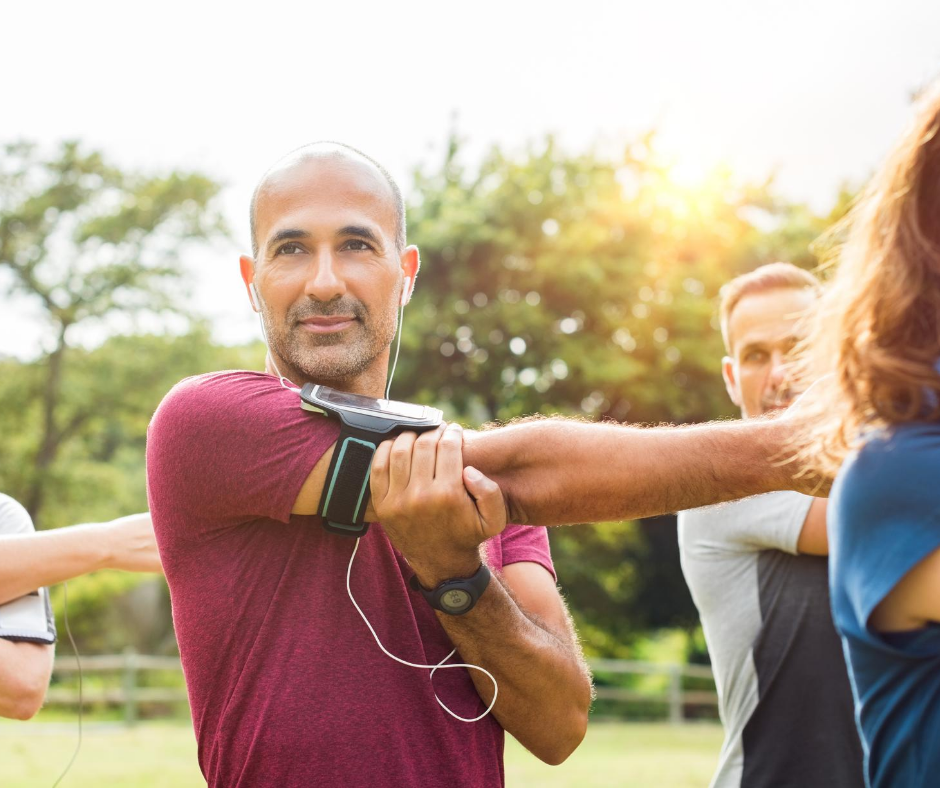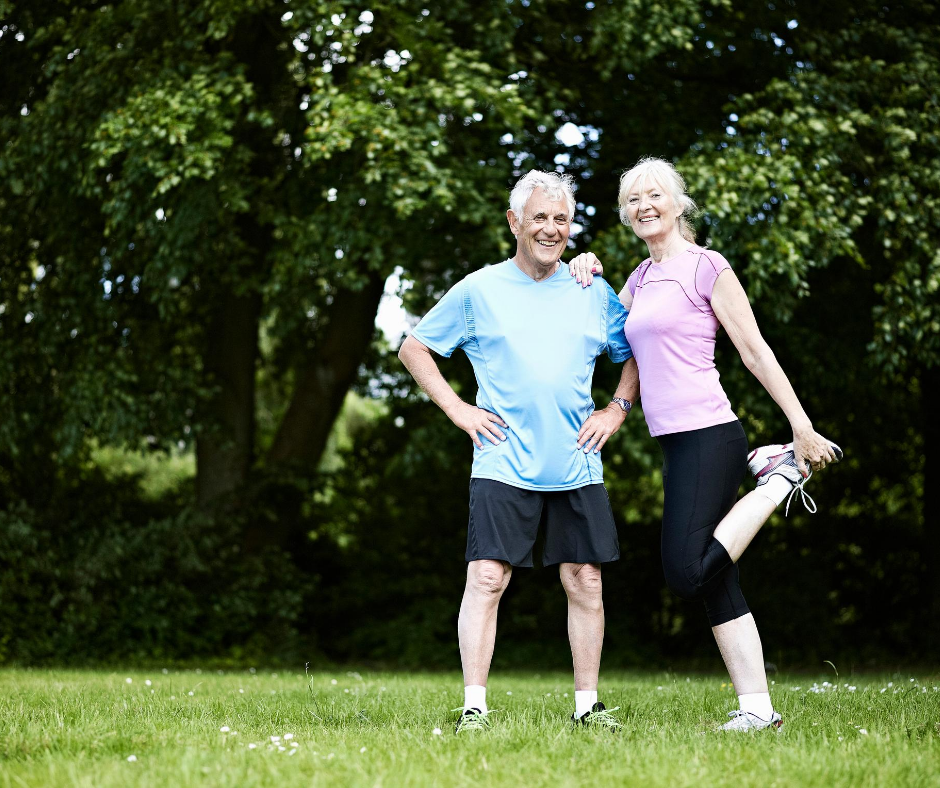Workout – “The Chief”
AMRAP x 3 Minutes
- 3 Power Cleans (135/95)
- 6 Push-ups
- 9 Air Squats
Rest 1 minute. Repeat for a total of 5 rounds.

Workout – “The Chief”
AMRAP x 3 Minutes
Rest 1 minute. Repeat for a total of 5 rounds.

THE MASTERS ATHLETE
Warm Up and Mobility
Over time everyone’s body ages, there’s just no stopping it! You start to notice your stiffer than you used to be. Getting out of bed in the morning, stiff after sitting too long or stiff after standing too long. We all know stretching and mobility help slow the process, but too often it gets left on the back burner for later.
In order to continue working on your fitness goals, your flexibility and mobility need to be maintained or better yet improved!
Muscle tightness results in an increase in tension from an either passive or active mechanism. Passively, muscles will shorten through postural adaptation. For example, you may have tight hip flexors or ankle stiffness because your job involves sitting for long periods. Actively muscles can shorten through spasm or contraction.
This can be caused by being fatigued, being dehydrated or medication. An example would be a sudden hamstring cramp or “charley horse”. Whatever the cause, tightness limits range of motion and may create muscle imbalances.
Types of Stretching
Static Stretching
Static stretching increases flexibility by putting light tension on a muscle and holding that position 30-90 secs, 3-4 times. It’s best to warm up before this king of stretching.
Isometric Stretching
In this type of stretching, you get into the static position, then gently contract the stretch muscle, then hold for 5 to 15 secs, then relax. Repeat 2-3 times. For example, do a standing hamstring stretch, then press your heel down to create resistance through the hamstring.
Dynamic Stretching
Dynamic stretching is actively taking the joint through it’s full range of motion. Examples would be air squats, walking lunges or arm windmills. These movements should be smooth and consistent.
What ever method of stretching you do is completely an individual choice. Studies have not really shown that one method is better than the other. Try a few different combinations with your warmup and after a workout and see what works best for you. You may also need to spend more time on one area over another just based on your body. So try and get into stretch routine more regularly and you should see the rewards!

The Masters Athlete
The term master athlete generally refers to athletes over the age of 40. This is the age that general physical changes take place that can affect your training. It is so important for masters to take the time to train smarter to avoid injuries that could side line you. Below is a list that may help you focus on better training and help you be even more successful whatever your goals may be.
Tips to make you train better and smarter
By Nancy Shapiro, L1 CrossFit Coach, Masters Athlete
Rob had some tight hips and ankles. After two 30 minute hip sessions he’s opened up his hips and can now get significantly better range of motion in his squat.
ROM is a great indicator of the health of a joint and representative of a joint’s normal function!
Book a No Sweat Intro and meet with a coach to see if mobility sessions are right for you!